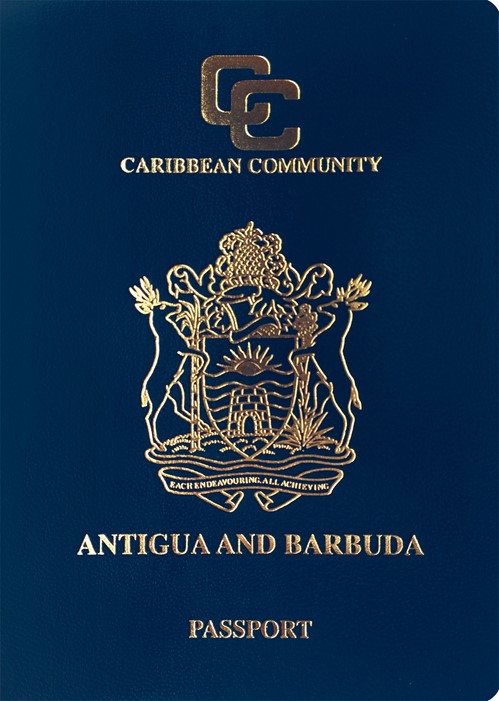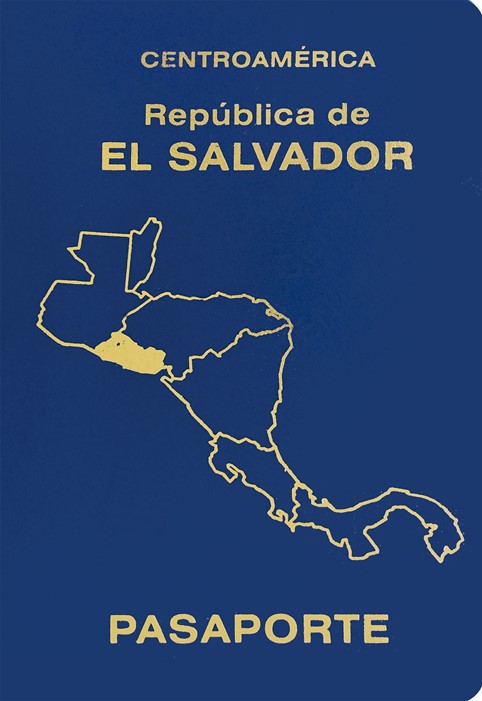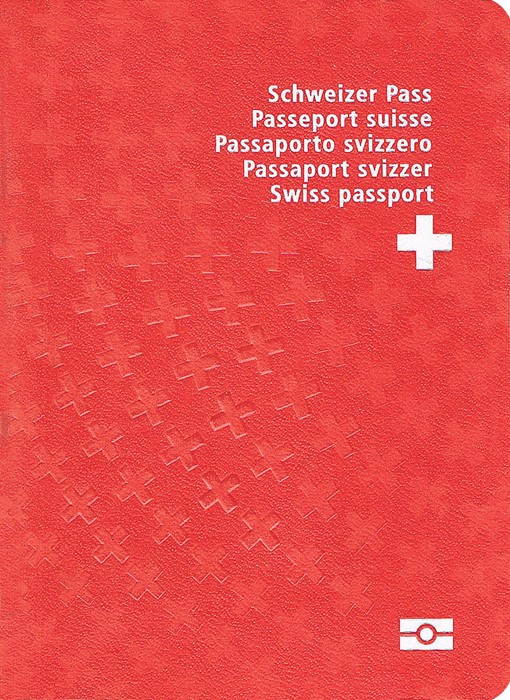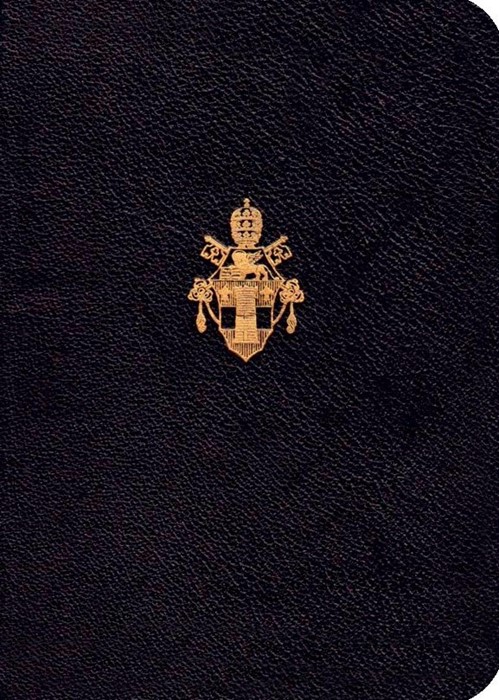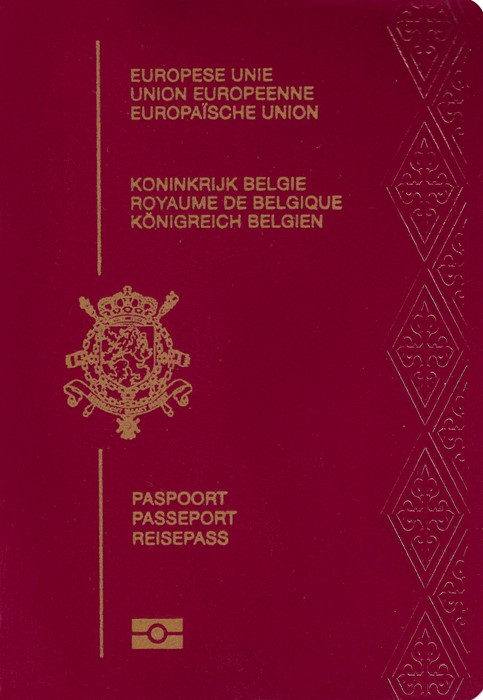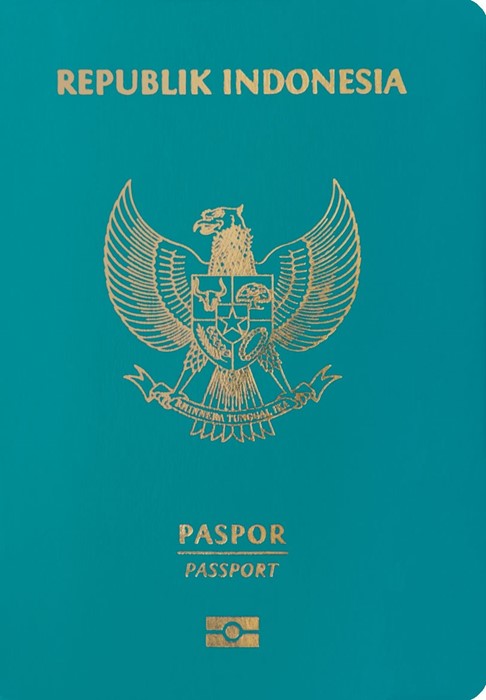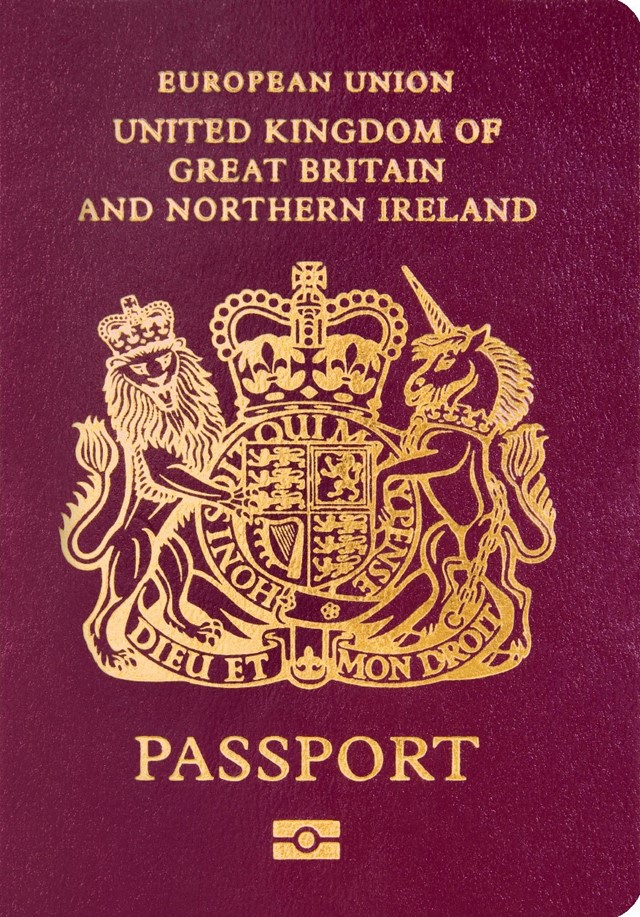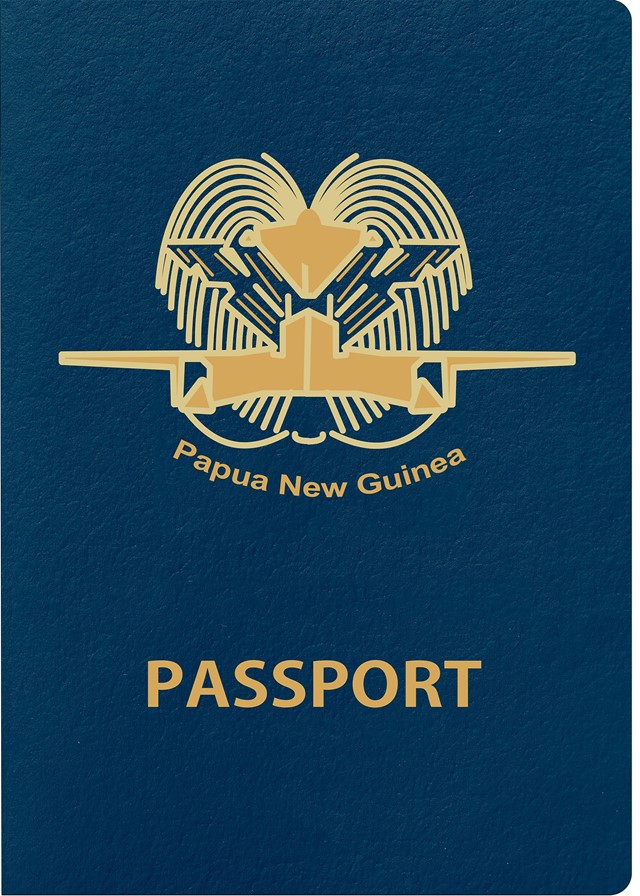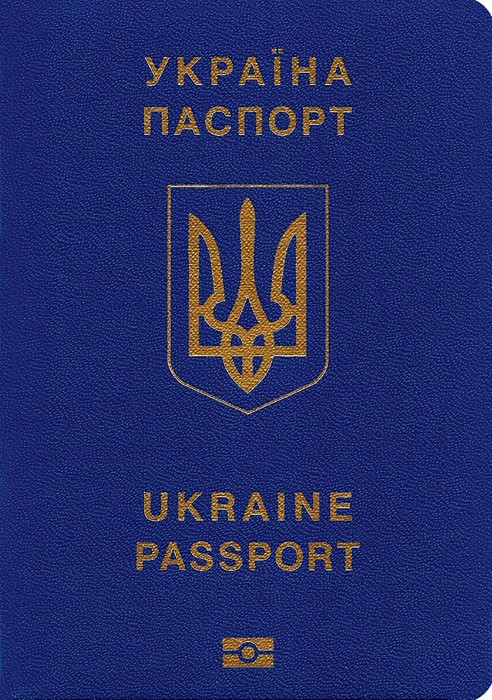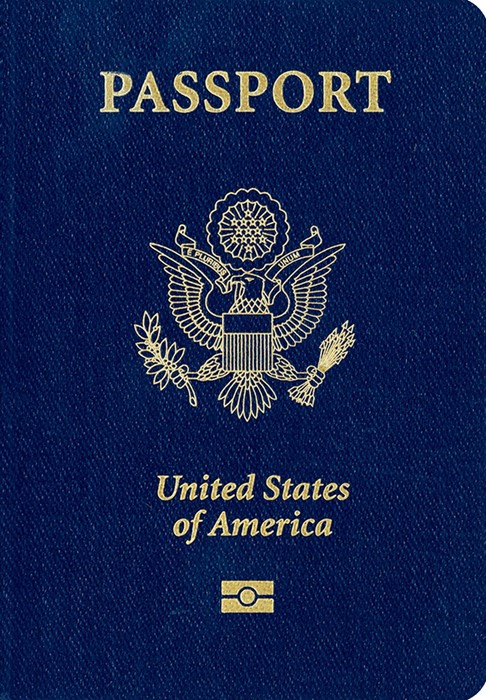Do you own anything more important than your passport? These highly personal if slightly mundane little books act as a sort of portal allowing us to venture to other countries and, through the many stamps logged in them, serve as physical proof of a life well-lived. Not that we spend much time thinking about them – but from their gilded covers to their colourful pages, they contain a wealth of history, as The Passport Book, a new offering from Prestel, demonstrates.
The pocket-sized book starts by addressing the passport’s history – its systematic origins belong in the Middle Ages – and universal design traits. Take the cover colour, for example: it must be red, blue, green or black, but the issuing country may choose the specific shade. Darker shades are often opted for because “smudges are less visible, and the national coat of arms, which is required to be imprinted on every passport, stands out better,” editor Nicola von Velson notes. Plus, the deeper hued passports “come across as more official”.
Prestel’s book contains a wealth of information, too – from the population and official language of each issuing country, to inhabitants per kilometre squared and the number of other countries each allows you to visit without a visa (of which Germany and Singapore boast the joint highest). The facts, too, range from the amusing to the politically charged, so that it feels something like a pocket guide to international relations. Whether your interest lies in the inconsequential or the inflammatory, The Passport Book makes for indelibe proof that these modest documents can make for surprisingly thrilling objects.
The Passport Book is available now, published by Prestel.
